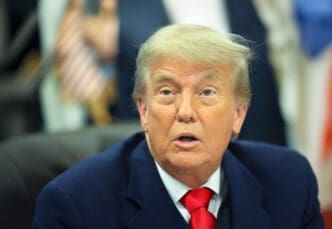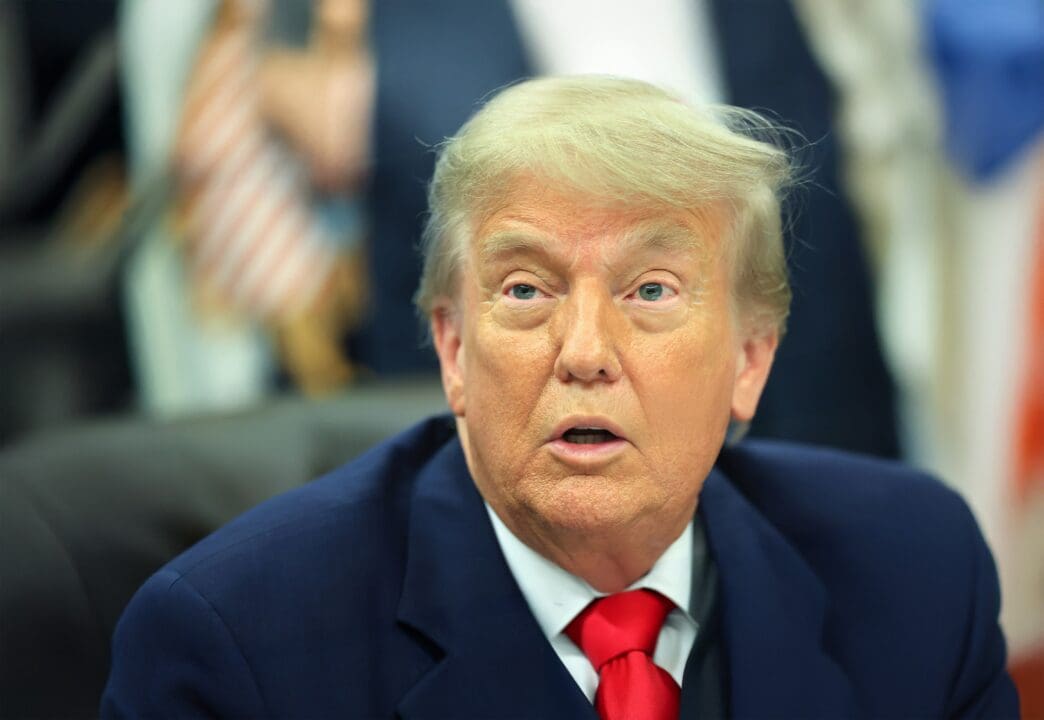Executive Summary
The Story So Far
Why This Matters
Who Thinks What?
President Donald Trump announced on Saturday a proposed 10% tariff increase on Canadian imports, accusing Canada’s Ontario province of a “hostile act” for broadcasting a television advertisement critical of tariffs. The move escalates trade tensions between the two nations, coming after Trump claimed the ad sought to interfere with a U.S. Supreme Court decision on the legality of his broad tariff powers.
Trade Tensions Escalating
Trump stated in a social media post that the Ontario-funded ad, which featured former President Ronald Reagan criticizing import taxes, was a “FRAUD” and should have been removed immediately after his initial objections on Thursday. He asserted that “Ronald Reagan LOVED Tariffs for purposes of National Security and the Economy,” despite the ad’s portrayal of Reagan’s skepticism towards such measures.
Ontario Premier Doug Ford had indicated on Friday that the ad would be suspended after the weekend. However, Treasury Secretary Scott Bessent characterized the ad as “a kind of propaganda against U.S. citizens” during an appearance on NBC’s “Meet the Press,” questioning its intent beyond swaying public opinion.
Legal and Diplomatic Implications
The Associated Press noted ambiguity regarding the specific legal authority Trump would invoke to impose these additional tariffs or which goods would be affected. The news agency also pointed out that Reagan was generally “wary of tariffs” and had used the 1987 address featured in Ontario’s ad to argue against them.
The U.S. Supreme Court is slated to review lower court rulings that deemed Trump’s broader tariffs unlawful. An editorial in The Wall Street Journal suggested that while the court is unlikely to be swayed by external factors, Trump’s “tantrum against Canada” provides a “good argument for the justices to rein in his tariff power.” The editorial further commented that Trump “claims he’s not ‘a king,’ but on tariffs he is acting like one.”
Both President Trump and Canadian Prime Minister Mark Carney are scheduled to attend the Association of Southeast Asian Nations summit in Malaysia this week. Despite their shared attendance, Trump informed reporters that he had “no intention of meeting Carney there.”
Outlook
The proposed tariff hike and the ongoing dispute over the Canadian ad underscore persistent trade frictions between the United States and Canada, alongside the broader legal challenges to presidential tariff authority currently before the Supreme Court.








